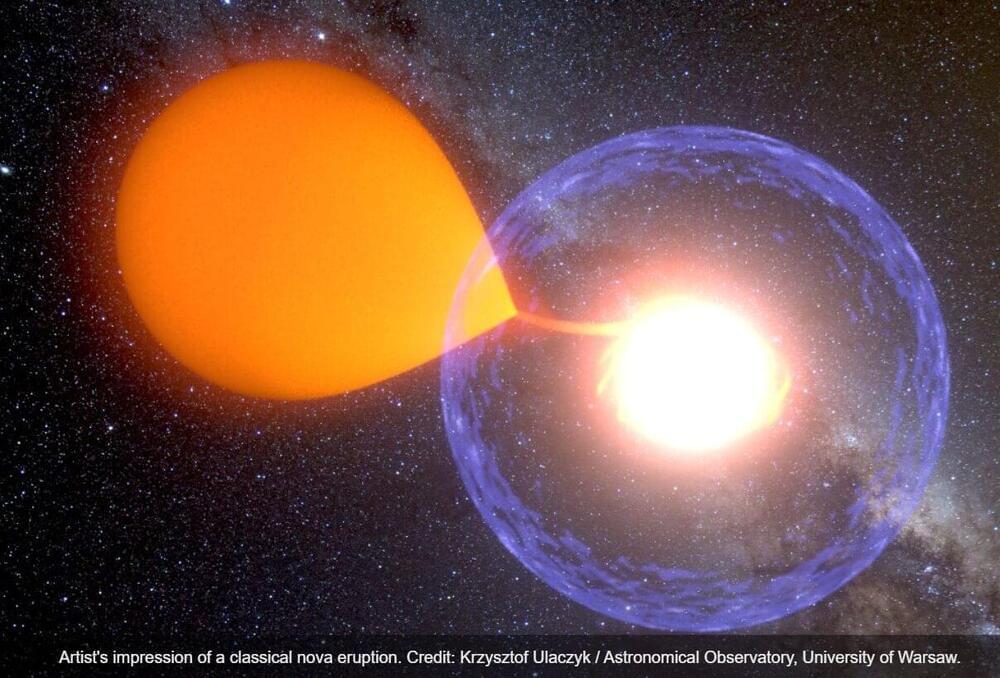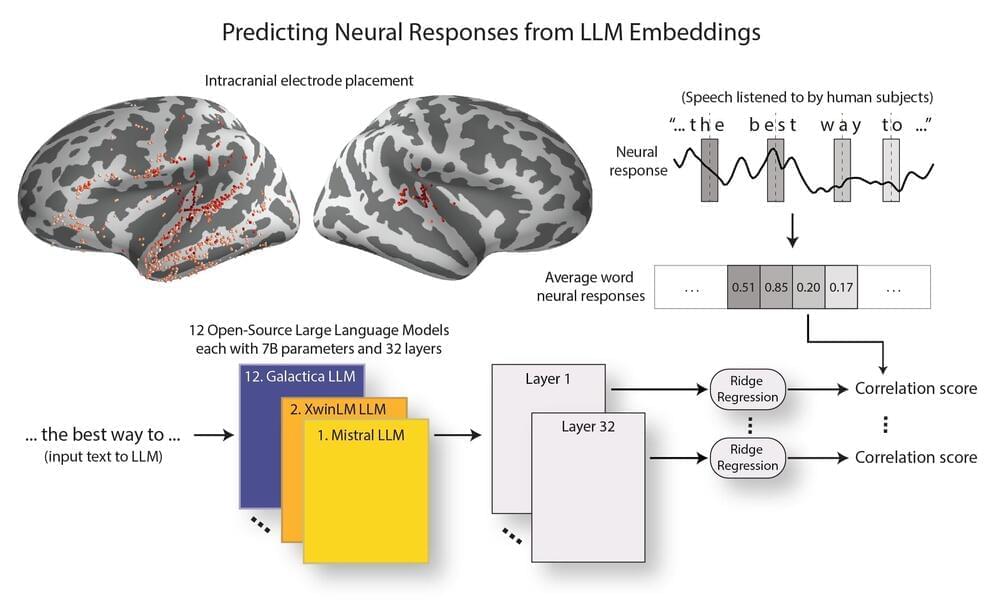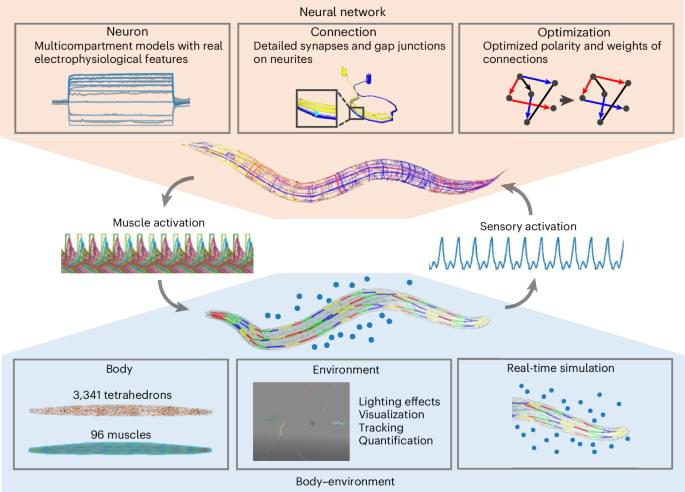The past year, 2024, witnessed an array of groundbreaking technological advancements that fundamentally reshaped industries and influenced the global economy. Technology trends like the development of Industry LLMs, Sustainable Computing, and the Augmented Workforce drove innovation, fostered efficiency, and accelerated the pace of Digital Transformation across sectors such as Healthcare, Finance, and Manufacturing. These developments set the stage for even more disruptive Technology Trends in 2025.
This year is set to bring transformative changes to the business landscape, driven by emerging trends that require enterprises to adopt the right technologies, reskill their workforce, and prioritize sustainability. By embracing these Technology Trends, businesses can shape their objectives, remain competitive, and build resilience. However, Success in this rapidly evolving landscape depends not just on adopting these technologies but also on strategically leveraging them to drive innovation and growth.







